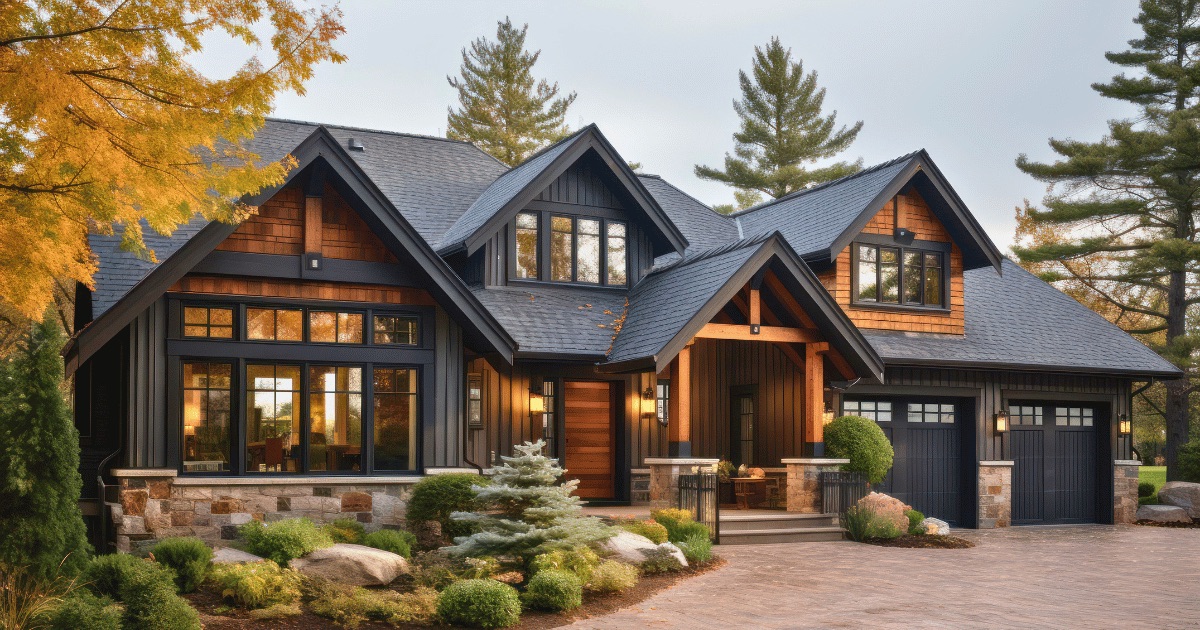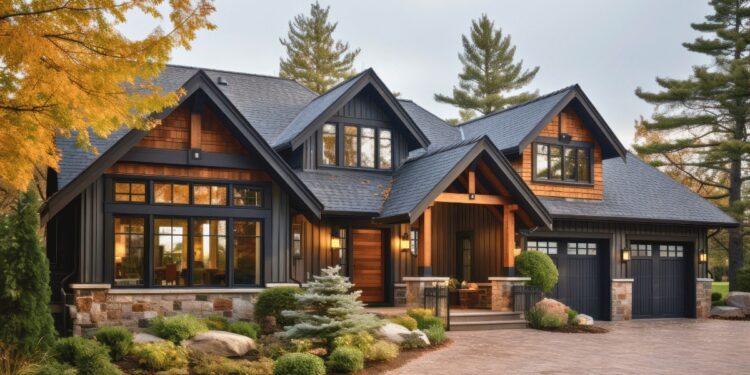As windows and siding take the spotlight in home design, this introduction invites readers into a world of knowledge and creativity, promising an informative and unique reading experience.
The following paragraphs will delve deeper into the various aspects of windows and siding, offering valuable insights and practical tips for homeowners and design enthusiasts alike.
 . However, window replacement projects can present common challenges that need to be addressed for a smooth installation experience.
Here are some tips for a seamless window installation process:
. However, window replacement projects can present common challenges that need to be addressed for a smooth installation experience.
Here are some tips for a seamless window installation process:

Types of Windows
Windows are an essential part of any residential building, providing natural light, ventilation, and aesthetic appeal. There are several types of windows commonly used in homes, each with its unique features and benefits.Double-Hung Windows:Double-hung windows are a classic choice for many homeowners. These windows consist of two sashes that slide up and down within the frame, allowing for easy opening and closing. One of the main advantages of double-hung windows is that they provide excellent ventilation, as both the top and bottom sashes can be opened. Additionally, they are easy to clean and maintain, making them a popular choice for many households.Comparing Casement Windows with Sliding Windows
Casement Windows:Casement windows are hinged on one side and open outward with the help of a crank mechanism. These windows provide excellent ventilation and a tight seal when closed, making them energy-efficient. They are also great for capturing natural breezes due to their full opening capability. However, they may not be suitable for all architectural styles and can be more challenging to clean compared to other window types.Sliding Windows:Sliding windows, also known as gliding windows, feature sashes that slide horizontally along tracks. These windows are easy to operate and maintain, making them a practical choice for many homeowners. Sliding windows are ideal for spaces where a projecting window sash might be inconvenient, such as walkways or patios. They also offer unobstructed views when opened, creating a seamless connection between indoor and outdoor spaces.Energy-Efficient Windows
Energy-efficient windows are designed to reduce heat transfer and improve insulation, helping homeowners save on energy costs. These windows typically feature multiple panes of glass, low-emissivity coatings, and insulated frames to minimize heat loss or gain. By keeping the indoor temperature more consistent, energy-efficient windows can reduce the strain on heating and cooling systems, leading to lower utility bills. Additionally, they can help enhance the comfort of living spaces by reducing drafts and noise infiltration.Siding Materials
When it comes to siding materials, there are several options to choose from based on durability, maintenance requirements, and cost implications. Let's explore some of the most common materials used for siding, including vinyl, wood, fiber cement, and aluminum.Vinyl Siding
Vinyl siding is known for its durability and low maintenance requirements compared to other materials. It is resistant to rot, insect damage, and fading, making it a popular choice for homeowners looking for a long-lasting siding option. Additionally, vinyl siding is relatively affordable and comes in a wide range of colors and styles to suit different architectural preferences.Wood Siding
Wood siding provides a classic and natural look to a home but requires more maintenance compared to vinyl siding. Regular painting or staining is necessary to protect wood siding from moisture, rot, and insect damage. While wood siding can add warmth and character to a home, it may require more upkeep over time to preserve its appearance and structural integrity.Fiber Cement Siding
Fiber cement siding offers a durable and low-maintenance alternative to traditional siding materials like wood. It is resistant to rot, fire, and pests, making it a long-lasting option for homeowners. While fiber cement siding may have a higher upfront cost compared to vinyl or wood siding, it can provide significant cost savings in the long run due to its durability and minimal maintenance requirements.Aluminum Siding
Aluminum siding is lightweight, durable, and resistant to rust, making it a popular choice for homeowners seeking a low-maintenance siding option. However, aluminum siding can dent easily and may not offer the same level of insulation as other materials like vinyl or fiber cement. While aluminum siding is relatively affordable, it may not be as energy-efficient as other siding materials.Window Installation Process
When it comes to installing new windows in a home, there are several important steps to follow to ensure a successful and efficient process. Proper insulation is crucial during window installation to improve energy efficiency and prevent draftsSteps Involved in Installing New Windows
- Measure the window openings accurately to ensure the new windows fit properly.
- Remove the old windows carefully, taking care not to damage the surrounding structure.
- Prepare the window openings by cleaning and leveling them for the new window installation.
- Apply proper insulation around the window frame to prevent air leaks and improve energy efficiency.
- Install the new windows securely, ensuring they are level and plumb for proper operation.
- Seal the gaps around the window frame with caulk or weatherstripping to prevent drafts.
- Test the windows to ensure they open, close, and lock correctly before finishing the installation.
Importance of Proper Insulation During Window Installation
Proper insulation is essential during window installation to create a thermal barrier that prevents heat loss in winter and heat gain in summer. This helps maintain a comfortable indoor temperature and reduces energy costs. Insufficient insulation can lead to drafts, moisture issues, and decreased energy efficiency, compromising the overall performance of the windows.Common Challenges Faced During Window Replacement Projects
- Unexpected structural issues that require additional repairs.
- Mismatched window sizes or styles that don't fit the existing openings.
- Poor installation techniques leading to air leaks and water infiltration.
- Delays in delivery or damaged windows during transportation.
- Difficulty in removing old windows due to corrosion or deterioration.
Tips for Ensuring a Seamless and Efficient Window Installation Process
- Hire a professional window installer with experience in handling window replacement projects.
- Select high-quality windows that are energy-efficient and suitable for your home's design.
- Communicate clearly with the installer about your expectations and any specific requirements.
- Plan the installation schedule in advance to minimize disruptions to your daily routine.
- Inspect the completed installation thoroughly to address any issues or concerns immediately.















